See how ultra-thin flexible printed circuits solve tough space problems in foldable phones, wearables, and medical tools. Learn about Bx-Panel‘s custom FPC solutions from a China factory.
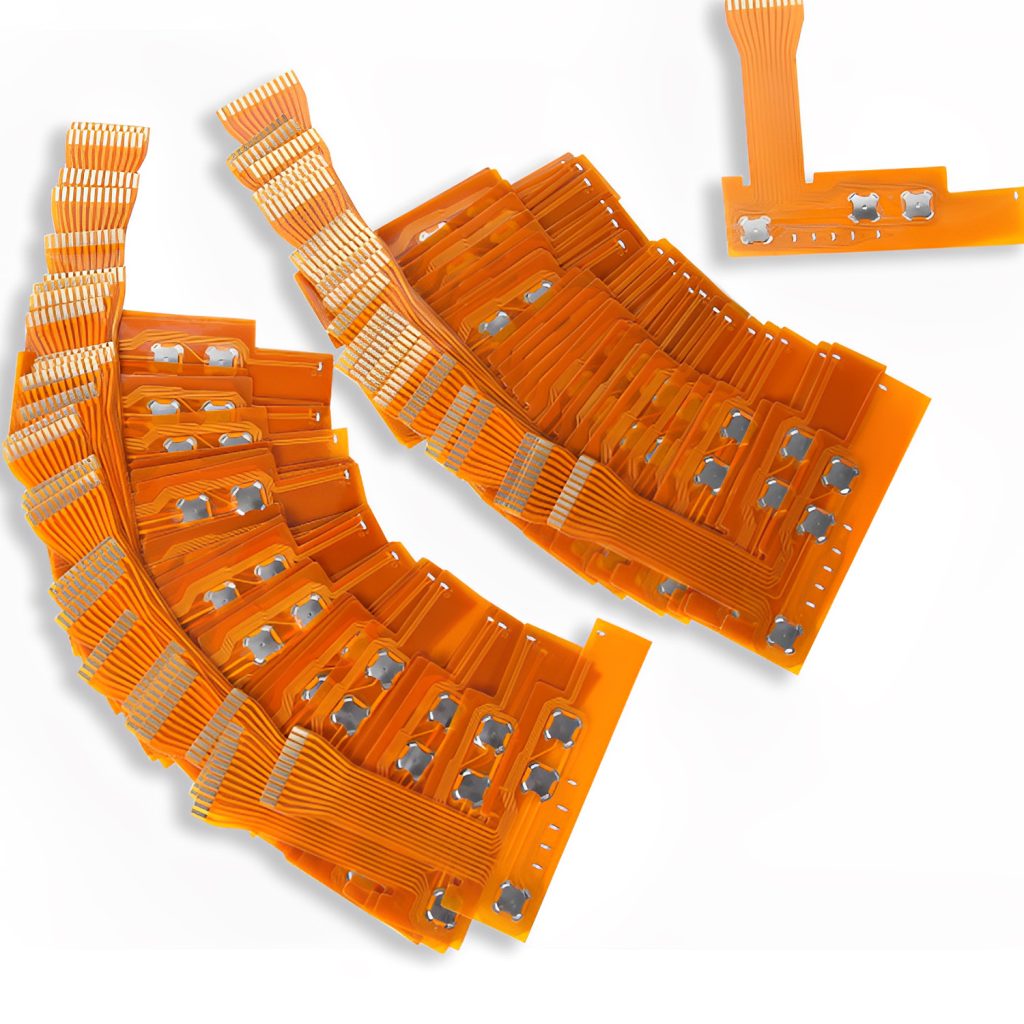
When Space is Tight: How Ultra-Thin FPC Changes Electronic Design
Today’s electronics keep getting smaller and smarter. This makes life hard for designers. They need to fit more parts into less space. They also need devices to be strong and work well. Old-style circuit boards are stiff and thick. They often break when bent too much. They simply don’t work in many new products.
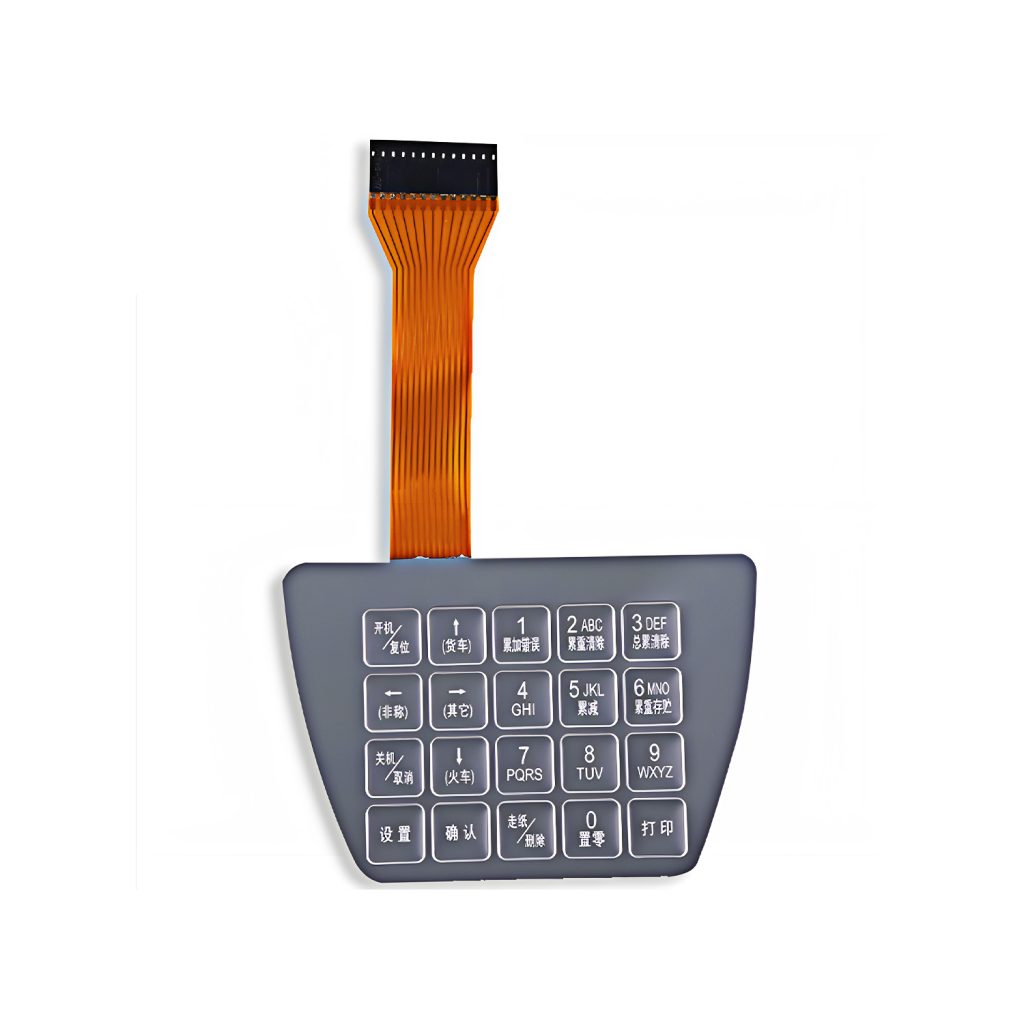
This is where Flexible Printed Circuits (FPCs) help. Especially the ultra-thin FPC. These thin, bendable circuits are changing how we build electronics. They are vital for devices that need to fold, are very small, or must fit a curved shape.
Let’s look at how FPCs fix big design problems. We will see their use in foldable screens, wearable tech, and medical tools. We will also show how our company, Bx-Panel, makes these compact flexible circuit solutions.
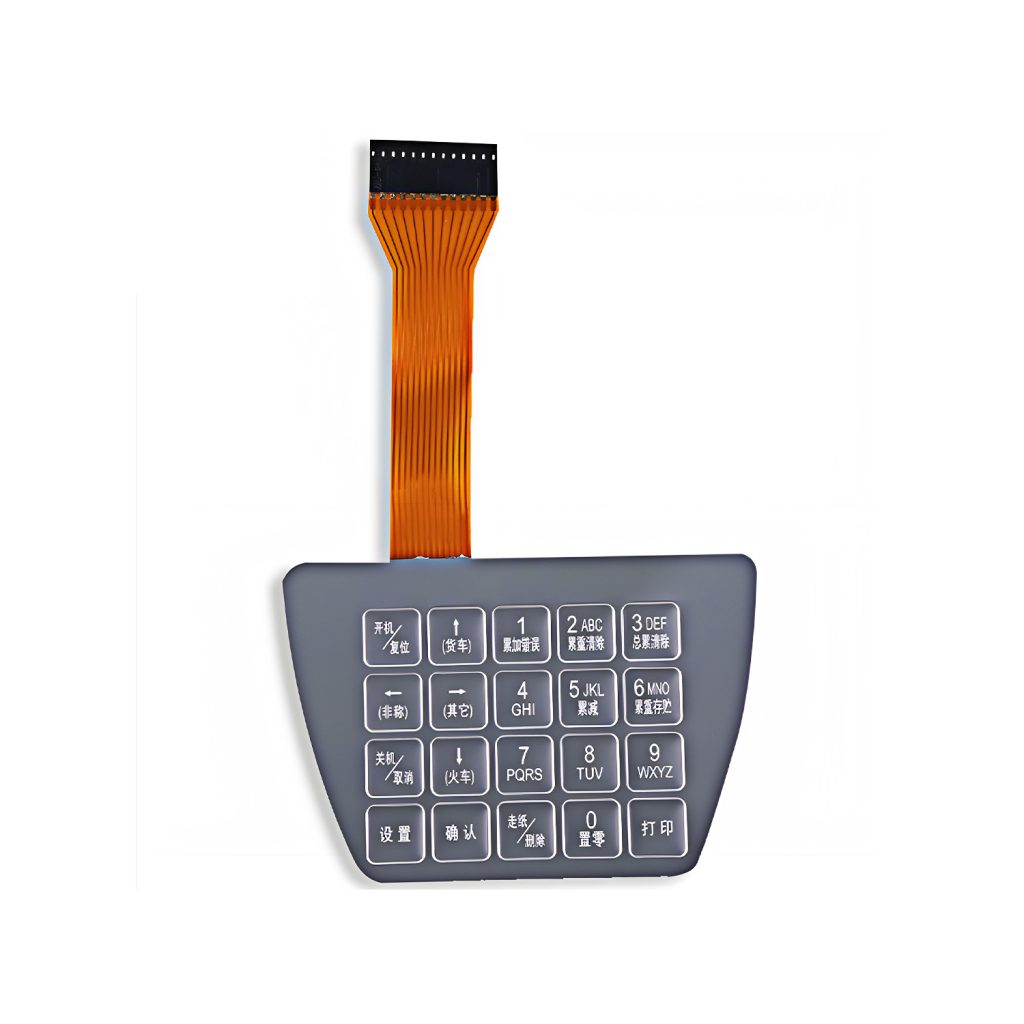
Solving Real Design Problems
Designers often fight against limited space. A normal circuit board is rigid. It cannot bend or twist. This is a problem for new, innovative devices. FPCs are different. They are thin and can flex. This allows engineers to create designs that were once impossible.
1. Making Foldable Phones Work
Think about a phone that folds. The hinge is a complex area. It needs a circuit that can bend thousands of times without failing. This is a job for ultra-thin FPC. It fits perfectly into the tight hinge space. It carries signals while the screen folds and unfolds. A stiff board would crack quickly. But a flexible one is made for this job.
2. Building Better Wearable Devices
People wear smart devices like watches, fitness bands, and even smart clothing. These items must be light and comfortable. They often have curved shapes. FPCs are perfect for this. Engineers use compact flexible circuit designs. These circuits are light and can follow the shape of the device. This makes the product better for the user.
3. Improving Medical Tools like Endoscopes
Doctors use endoscopes to see inside the human body. These tools must be very thin and easy to guide. They need tiny cameras and sensors. FPCs make this possible. They connect all the small parts in a very limited space. This helps doctors perform their work with precision and care.
Why FPCs are a Better Choice
Here is a simple comparison with traditional rigid boards:
- They Save Space: FPCs can make a device up to 60% smaller.
- They Bend Well: They can be bent millions of times and still work.
- They Are Light: This is key for devices you carry or wear.
- They Hold Complex Circuits: You can fit a lot of wiring in a tiny area.
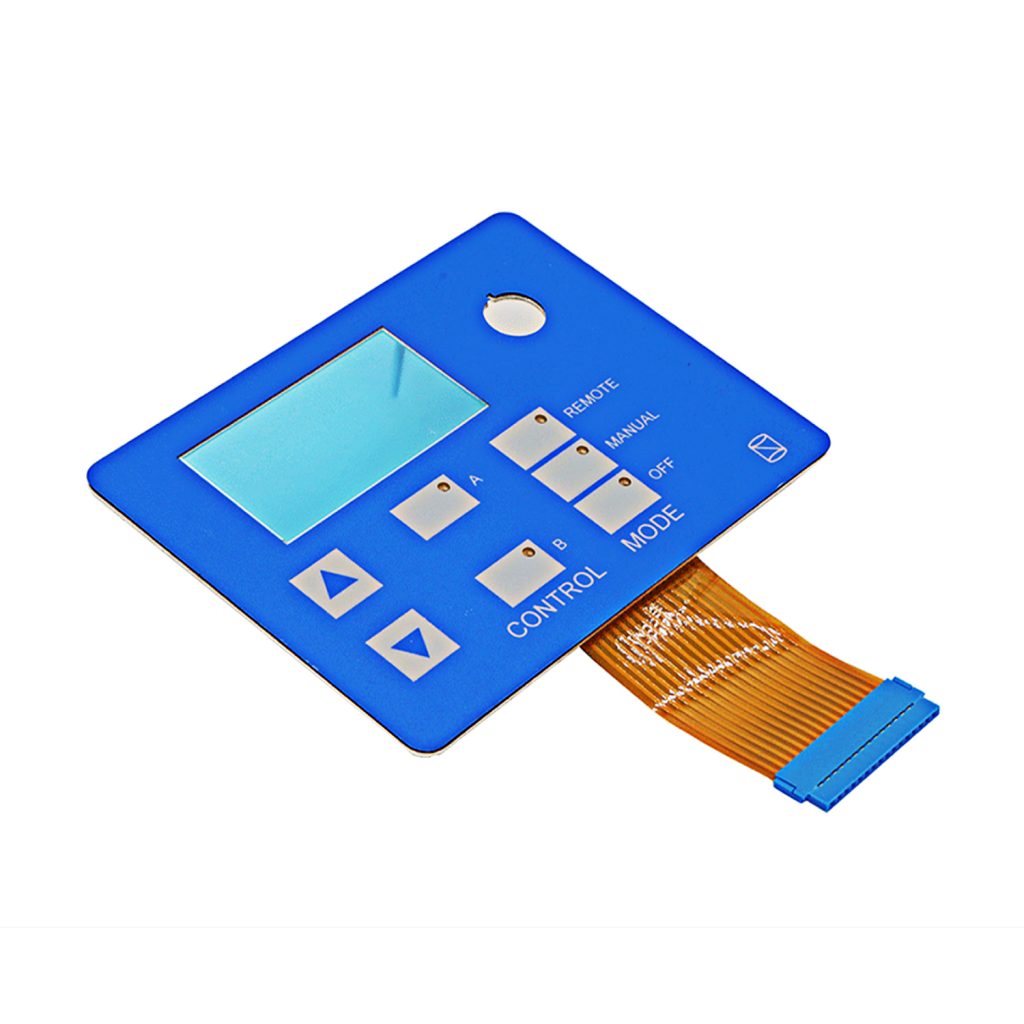
How Bx-Panel Can Help You
We are Bx-Panel, a professional maker of flexible circuits. Our factory is in Xiamen, China. We have a 3,000 square meter facility with over 100 workers and a skilled design team.
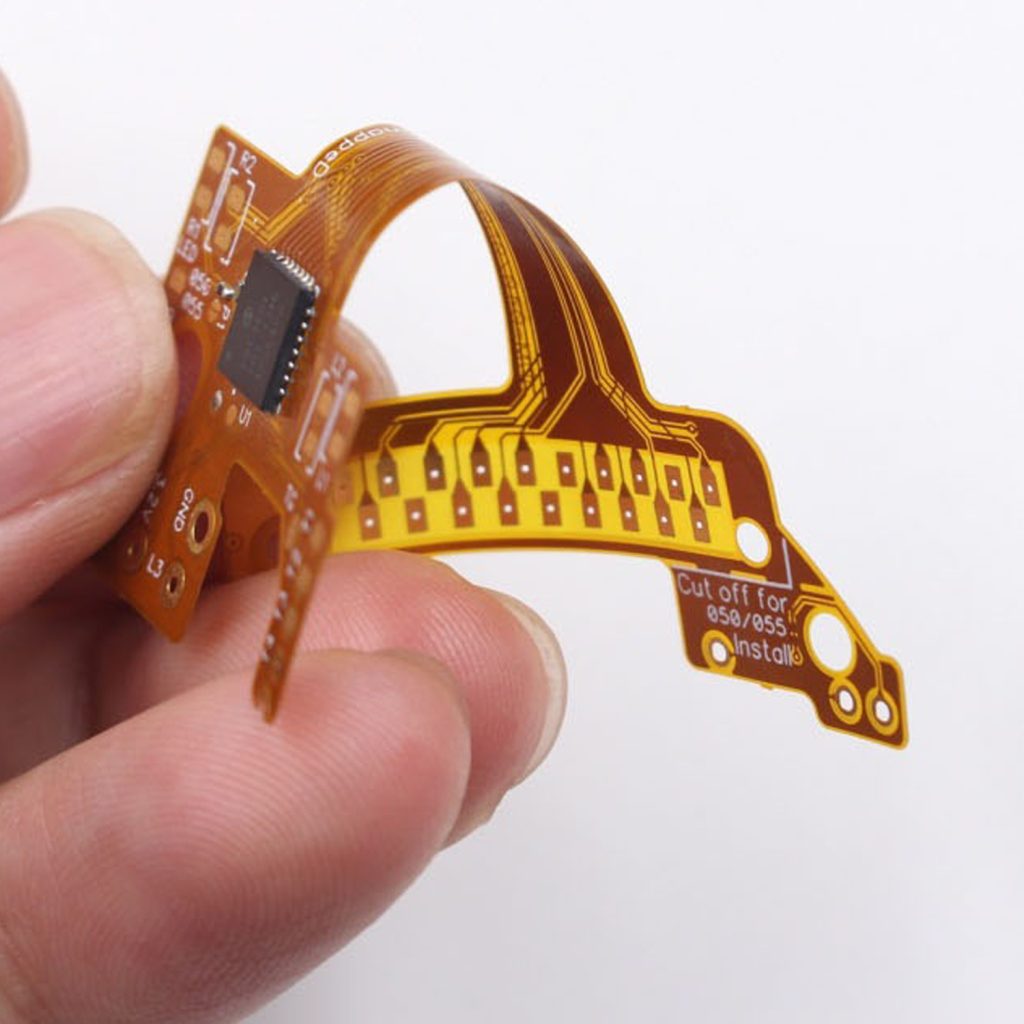
We use modern machines to make high-quality parts. We are experts in creating Flexible Printed Circuit boards for tough space problems. We also make other key parts like:
- Membrane Switches
- Graphic Overlays
- Acrylic Panels
- Custom Nameplates
- Insulation Gaskets
- Labels & Stickers
We help you move from a basic idea to a finished product. We understand the limits of old circuit boards. Our FPC solutions help you get past those limits.
Ready to Start Your Project?
Do you have a design that needs a flexible circuit? Are you working on a foldable device, a new wearable, or a medical tool? We can help.
Get in touch with us today:
- See our flexible circuit options here: Flexible Printed Circuit
- Ask for a sample or a price: Email our manager at [email protected]. We welcome questions about custom products.